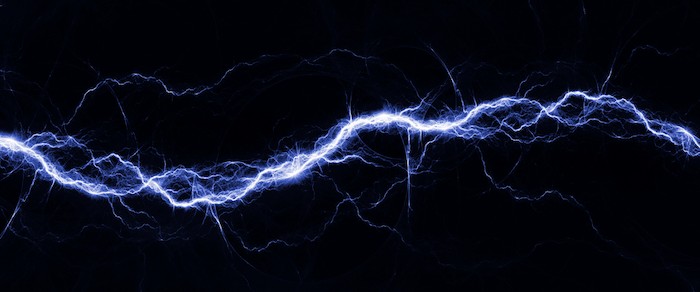 SpaceX and NASA have already established a new launch routine for crews leaving Earth on a Crew Dragon spacecraft.
SpaceX and NASA have already established a new launch routine for crews leaving Earth on a Crew Dragon spacecraft.
As long as the next spacecraft is ready as scheduled on Thursday (April 22), the four astronauts aboard Crew-2 will engage in a series of rituals just before launch, including riding a Tesla car to their launch pad at the Kennedy Space Center.
Each practice is fairly new since Crew Dragon has only sent people to space twice so far, but the astronauts follow the script nonetheless. This includes the commander playing a game with the head of the NASA astronaut office until they win, then all crew members looking up at the spacecraft just before entering — and signing their names on the wall outside the spacecraft.
So why the rituals? Is it only because Elon Musk founded both SpaceX and Tesla and wants to promote both companies every single time he launches something for NASA? Perhaps so, but there is a wider meaning to participating in rituals before the launch event.
Participants on Russian spaceflights are famous for having their crew members do ceremonial things such as (before a spacesuit redesign in 2019) urinating on the tire of their own bus heading to the launch pad; this was an echo of what Soviet cosmonaut Yuri Gagarin did on the first-ever human spaceflight 60 years before. As such, the practices — as odd as they may sound at first — have an important focusing aspect for crews entering a spacecraft.
Businesspeople and athletes alike are familiar with the need for rituals, such as the practice of wearing consistent styles of clothing to cut down on daily decision-making — like Facebook founder Mark Zuckerberg’s jeans or former Apple executive Steve Jobs’ turtleneck. Rituals are a way of focusing the body and the mind to prepare for something ahead. In sports, athletes may deliberately lace up their shoes in the same order every time; in yoga, some practices have practitioners do the same movements in the same sequence every single session. By engaging in routine, the argument goes, you can relax yourself and really focus for the key moment ahead, especially in the dangerous environment in space.
Rituals also can center us in our flight of business or culture in the larger sense. We have in fact been doing rituals as far back as we can track human behavior, although archaeologists and anthropologists also joke that if we can’t explain something we find, we’ll always call it “ritual.” Nevertheless — on the east coast of Britain, for example, Francis Pryor has spent decades examining Bronze Age ritual deposition of valuable objects (like axes) in the peat-filled Flag Fen area. He has argued that perhaps these folks wanted to appease the ancestors; the rituals also brought the community together for large endeavors.
Spaceflight, as we have mentioned, is inherently risky. You can thus think of the training itself that astronauts undertake for two years or so as ritual preparation for a myriad of scenarios in space. If something unusual happens, the astronauts have a bit of muscle memory to know how to react effectively and quickly, making quick calls back to the ground for their input. This training in part allowed two crew members to safely emerge from an aborted Soyuz spacecraft in 2018 and climb back into the same kind of spacecraft a few months later to successfully fly to space.
Yet the rituals also create a greater cultural connection among the increasingly international set of astronauts. Wearing a mission patch or signing your name on a door may sound like a small activity, but over a long set of missions it creates a sense of unity with all the people who came before. In 2018, this author was lucky enough to walk twice in the steps of backup Soyuz crews who followed a rocket from its building to the launch pad and saw it erected, shining in the Kazakh sun. Countless people before had engaged in this over many years and countless people will hopefully do this in the future, which left the attendant spectators and media with a sense of awe.
A whole new set of rituals may come later in the 2020s as crews are scheduled to fly to the moon for long-duration missions. After the first people put down their bootprints and establish the base, what environment will they create for the folks coming after them? Will they continue the practices of older space missions or create new ones for their lunar environment? It’s hard to say, but whatever they choose, the crews will be sure to create connections to past and present to honor the long road of space exploration. And if it requires climbing in a Tesla to do so, so be it.




0 Comments